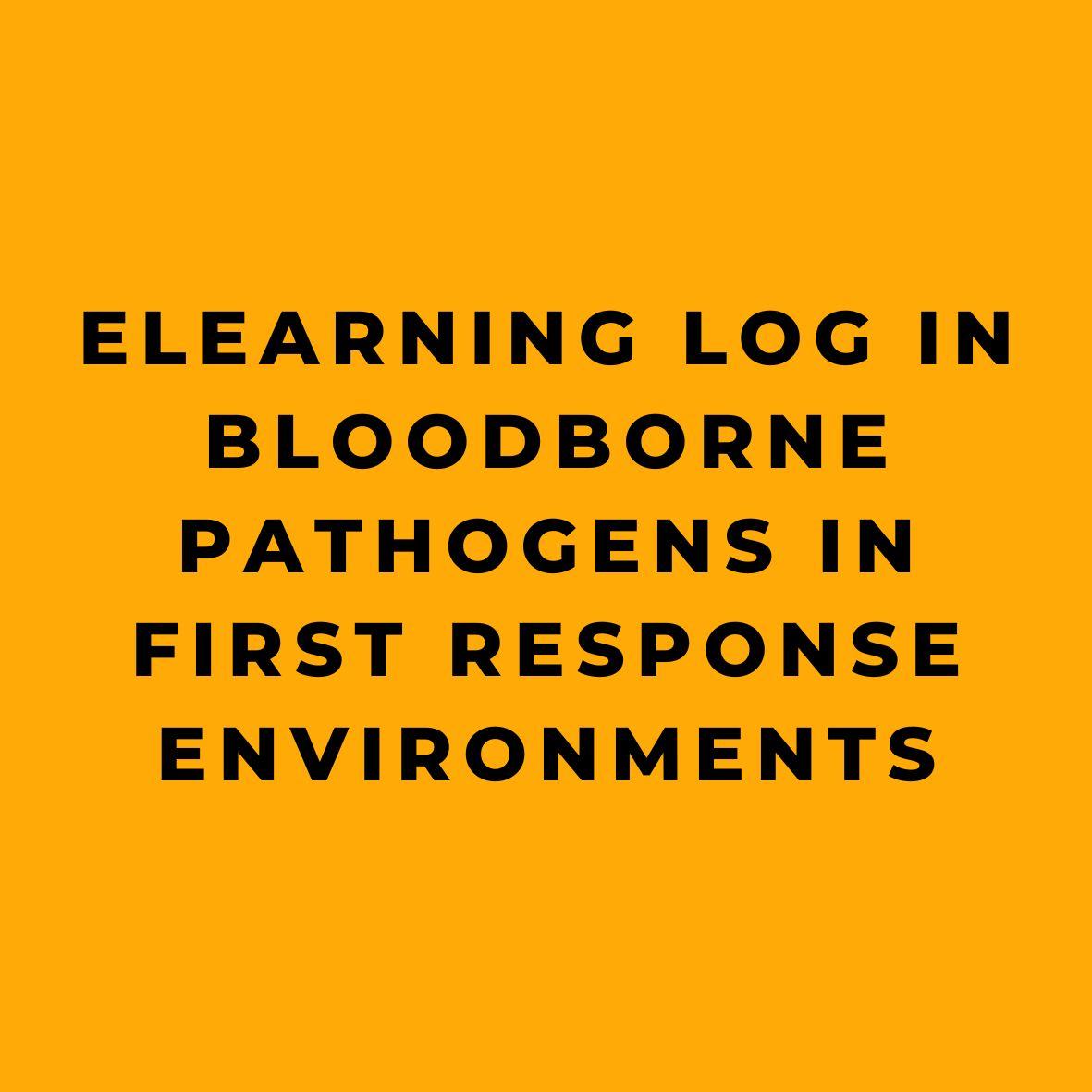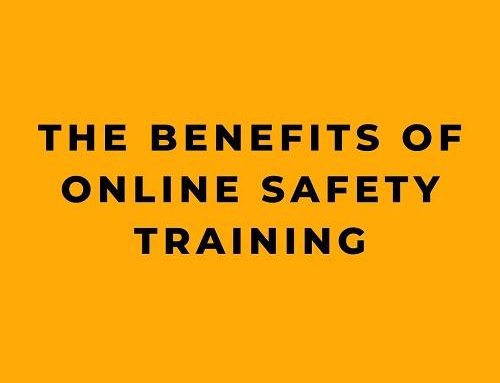Bloodborne pathogens are microorganisms that cause diseases found in human blood and can pose serious health risks if not properly handled. First response environments, such as emergency medical services, are at a higher risk of exposure to bloodborne diseases.
There are several types of bloodborne pathogens, but the Human Immunodeficiency Virus (HIV), Hepatitis B, and Hepatitis C are the most threatening. HIV has infected more than one million people in the United States alone, and there is still no proven cure. Symptoms of HIV can vary, but people who contract the virus risk developing the Acquired Immunodeficiency Syndrome (AIDS), which attacks the immune system.
Hepatitis is a liver disease that usually results in inflammation of the liver and can progress to more serious conditions, such as cirrhosis and cancer. Hepatitis B and C have infected millions of people in the United States, and there is no cure for Hepatitis B, although a vaccine is available that can prevent infection. In recent years, there has been progress in treating Hepatitis C, and drugs are available that can cure the disease in many people.
Bloodborne pathogens are most often transmitted through accidental “injection” of microorganisms through punctures from infected needles or human bites. These types of exposures are common and can be prevented by adhering to the OSHA Bloodborne Pathogens Standard, which requires the creation of an Exposure Control Plan that includes an examination of ways to limit or eliminate these exposures, a Hepatitis B vaccination program, and procedures to follow in case of accidental exposure.
The Exposure Control Plan should incorporate the use of “Standard Precautions,” which require that all human blood and other body substances be treated as if they are known to be infectious. Engineering controls such as puncture-resistant “sharps” containers, tongs to pick up contaminated materials, and sharps with engineered injury protections are effective in minimizing exposure.
Other ways to reduce exposure include following “safe work practices,” the use of personal protective equipment, and appropriate housekeeping practices. These practices focus on the safest ways to perform tasks, such as washing hands immediately after removing gloves and personal protective equipment and discarding contaminated sharps as soon as possible into appropriately labeled containers that are closeable, puncture-resistant, and leak-proof.
Regulated waste, such as potentially infectious materials and contaminated personal protective equipment, should be placed in appropriately labeled, closeable, and leak-proof containers. Contaminated laundry should be handled with gloves and other appropriate protective equipment and transported in labeled or color-coded bags.
Personal workplace activities, such as eating, drinking, or smoking in areas where exposure to bloodborne pathogens could occur, should be avoided. Applying cosmetics, lip balm, or contact lenses in these areas should also be avoided, and food or drink should never be stored where blood or other potentially contaminated materials are kept.
The OSHA Bloodborne Pathogens Standard requires several things of your group, and the Exposure Control Plan should be re-evaluated at least once a year. If you would like to review your group’s Exposure Control Plan, ask your supervisor. The key to minimizing exposure to bloodborne pathogens is to adhere to the OSHA Bloodborne Pathogens Standard, practice safe work practices, use personal protective equipment, and follow appropriate housekeeping practices.
Bloodborne Pathogens in First Response Environments training products are designed to provide essential information on the hazards of bloodborne pathogens and the policies and practices that can prevent their transmission.
With increasing infection rates for Hepatitis B and C, these diseases are now as serious a concern as HIV, making it more important than ever for employees to understand how to reduce the risk of exposure. Our products cover topics such as HIV, Hepatitis, and sources of infection, the Exposure Control Plan, personal protective equipment, post-exposure procedures, and more.
Our online interactive courses are designed to keep employees engaged and involved in the learning process. Our courses are constructed in such a way that employees have to pay attention in order to keep moving through them, with the use of full-motion HD video filmed in real-life workplace settings and interactive quiz questions. Plus, our courses incorporate remediation training, meaning that if a trainee misses a question on a quiz, they are presented with the course content that explains the topic again, reducing training time and increasing effectiveness.
With our training products, first responder organizations can fulfill the training requirements contained in the OSHA Bloodborne Pathogens Standard. And it’s easy for managers to monitor their employees’ progress with training activity tracked and recorded along with test scores.
But don’t just take our word for it. Try our free demonstration, and log into our eLearning course library. We offer over 170 courses on important topics, including forklift/powered industrial truck safety, lock-out/tag-out, hazard communication, personal protective equipment, respiratory safety, confined space entry, and hearing safety. Our courses are available in English and Spanish, with kits, booklets, compliance manuals, and posters available in English only.
Invest in your employees’ safety and health by choosing “Bloodborne Pathogens in First Response Environments” training products. With our comprehensive coverage of essential information, engaging online courses, and easy progress monitoring, you can rest assured that your employees will be better equipped to prevent the transmission of bloodborne pathogens.










